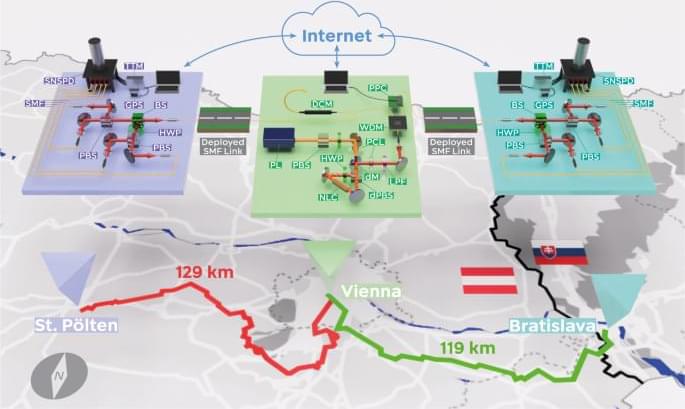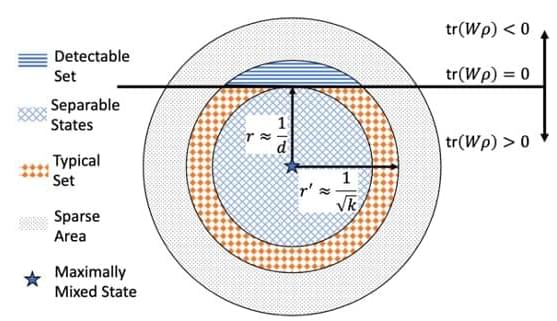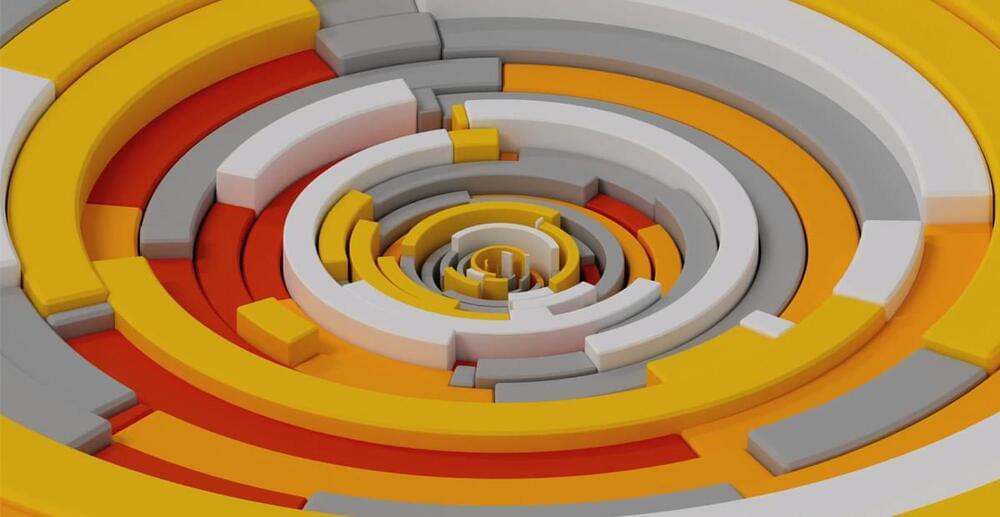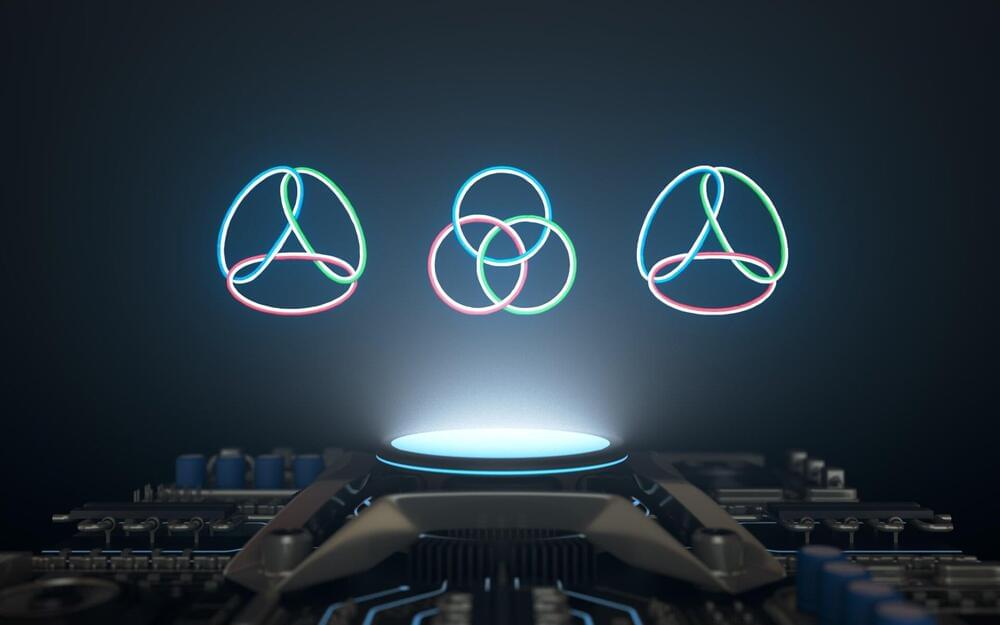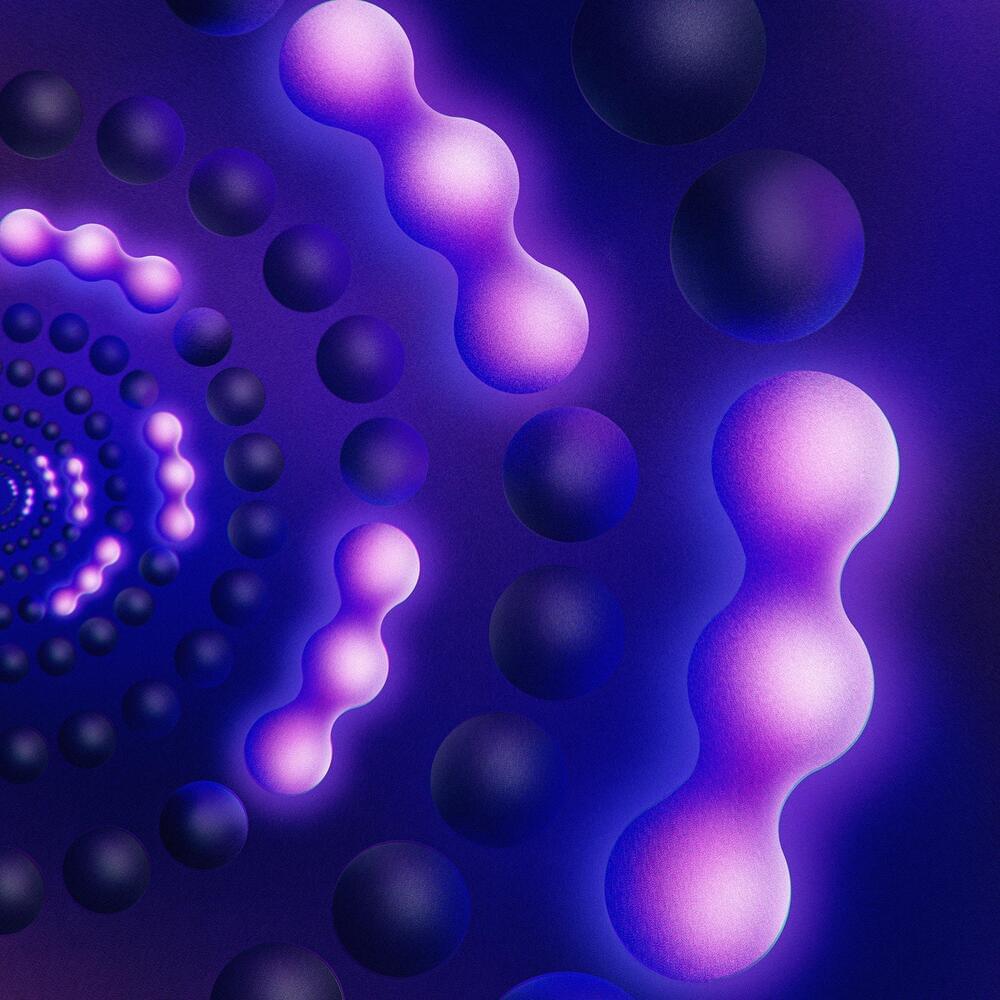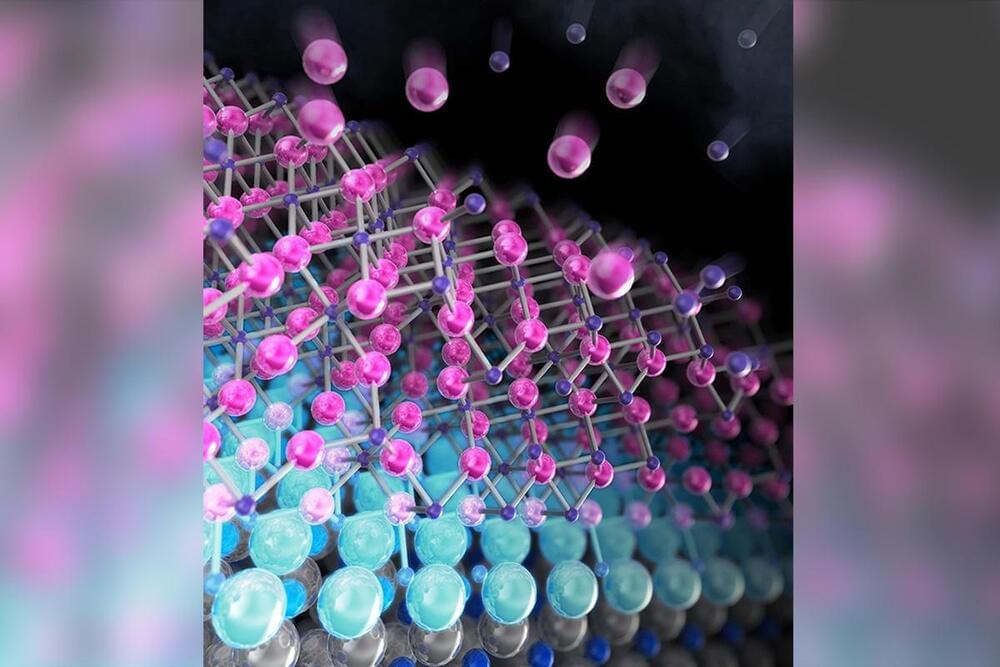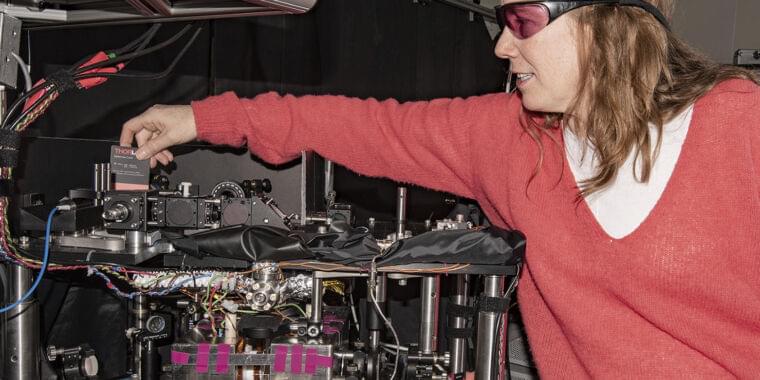Fibre-based entanglement distribution represents a key primitive for quantum applications such as QKD. Here, the authors demonstrate it across 248 km of deployed fiber, observing stable detected pair rates of 9 Hz for 110 h.
Category: quantum physics – Page 449
The World by 2100
Posted in Elon Musk, quantum physics, robotics/AI, space travel
What will the Future look like? Will Elon Musk and SpaceX make the Mars landing? In this video, we go over our Future World by 2100. For more Tech and Future content be sure to subscribe to Tech World! Thanks for watching this video: The World by 2100
Check Out These Videos:
1 Trillion Years into the Future.
https://youtu.be/R12DMYoYWFw.
How Elon Musk’s Neuralink is Changing the World.
Why is SpaceX Building the Starship?
https://youtu.be/gYgbnf3Ni5g.
#Tech #Future #ElonMusk.
0:00 Intro.
Quantum entanglement is a process through which two particles become entangled and remain connected over time, even when separated by large distances. Detecting this phenomenon is of crucial importance for both the development of quantum technology and the study of quantum many-body physics.
Researchers at Tsinghua have recently carried out a study exploring the possible reasons why the reliable and efficient detection of entanglement in complex and “noisy” systems has often proved to be very challenging. Their findings, published in Physical Review Letters, hint at the existence of a trade-off between the effectiveness and efficiency of entanglement detection methods.
“Over 20 years ago, researchers discovered that most quantum states are entangled,” Xiongfeng Ma, one of the researchers who carried out the study, told Phys.org.
The past and the future are tightly linked in conventional quantum mechanics. Perhaps too tightly. A tweak to the theory could let quantum possibilities increase as space expands.
Scientists have shown how three vortices can be linked in a way that prevents them from being dismantled. The structure of the links resembles a pattern used by Vikings and other ancient cultures, although this study focused on vortices in a special form of matter known as a Bose-Einstein condensate. The findings have implications for quantum computing, particle physics and other fields.
The study is published in the journal Communications Physics.
Postdoctoral researcher Toni Annala uses strings and water vortices to explain the phenomenon: “If you make a link structure out of, say, three unbroken strings in a circle, you can’t unravel it because the string can’t go through another string. If, on the other hand, the same circular structure is made in water, the water vortices can collide and merge if they are not protected.”
Using a quantum processor, researchers made microwave photons uncharacteristically sticky. After coaxing them to clump together into bound states, they discovered that these photon clusters survived in a regime where they were expected to dissolve into their usual, solitary states. As the finding was first made on a quantum processor, it marks the growing role that these platforms are playing in studying quantum dynamics.
Photons — quantum packets of electromagnetic radiation like light or microwaves — usually don’t interact with one another. For example, two crossed flashlight beams pass through one another undisturbed. However, microwave photons can be made to interact in an array of superconducting qubits.
Researchers at Google Quantum AI describe how they engineered this unusual situation in “Formation of robust bound states of interacting photons,” which was published on December 7 in the journal Nature. They investigated a ring of 24 superconducting qubits that could host microwave photons. By applying quantum gates to pairs of neighboring qubits, photons could travel around by hopping between neighboring sites and interacting with nearby photons.
Switch-Science has just announced a trio of quantum computing products that the company claims are the world’s first portable quantum computers. Sourced from SpinQ Technology, a Chinese quantum computing company based in Shenzen, the new quantum computing products have been designed for educational purposes. The aim is to democratize access to physical quantum computing solutions that can be deployed (and redeployed) at will. But considering the actual quantum machinery on offer, none of these (which we’re internally calling “quantops”) are likely to be a part of the future of quantum.
The new products being developed with education in mind shows in their qubit counts, which top out at three (compare that to Google’s Sycamore or IBM’s 433-qubit Osprey Quantum Processing Unit [QPU], both based on superconducting qubits). That’s not enough a number for any viable, problem-solving quantum computing to take place within these machines, but it’s enough that users can program and run quantum circuits — either the integrated, educational ones, or a single custom algorithm.
Computers that can use quantum mechanics’ “spooky” properties to solve problems quicker than existing technology may seem appealing, but they must first overcome a major obstacle. Scientists from Japan may have discovered the solution by demonstrating how a superconducting material, niobium nitride, can be added as a flat, crystalline layer to a nitride-semiconductor substrate. This technique could make it simple to manufacture quantum qubits that can be used with conventional computer devices.
Conventional silicon microprocessor manufacturing techniques have grown over decades and are continually being refined and enhanced. On the other hand, the majority of quantum computing.
Performing computation using quantum-mechanical phenomena such as superposition and entanglement.
A team of researchers from France has developed the first three-directional hybrid quantum inertial sensor, which can measure acceleration without using satellite signals. At the heart of this breakthrough device is something called “matter wave interferometry,” which uses two distinct characteristics of quantum mechanics: wave-particle duality and superposition.
In the cloud
The device consists of a cloud of rubidium atoms that are cooled to temperatures nearing absolute zero. The atoms are placed in a vacuum and are in free fall due to gravity.
Luttinger liquids are usually paramagnetic materials exhibiting non-Fermi liquid behavior, such as molybdenum oxides. These “liquids” and their fascinating properties had so far been only observed in 1D and quasi-1D compounds, such as blue bronze A0.3 MoO3 (A= K, Rb, Tl) and purple bronze Li0.9 Mo6O17.
Researchers at Tsinghua University, ShanghaiTech University, and other institutes in China recently observed prototypical Luttinger liquid behavior in η-Mo4O11,a charge-density wave material with a quasi-2D crystal structure. Their findings, published in Nature Physics, could pave the way for the exploration of non-Fermi liquid behavior in other 2D and 3D quantum materials.
“In our previous work, we identified the Luttinger liquid phase in the normal state of blue bronzes, which is not surprising due to its quasi-1D nature,” Lexian Yang and Yulin Chen, two of the researchers who carried out the study, told Phys.org.
